Civil War Battle of Laurel Hill
Introduction
Text-to-speech Audio
Images
Battle illustration
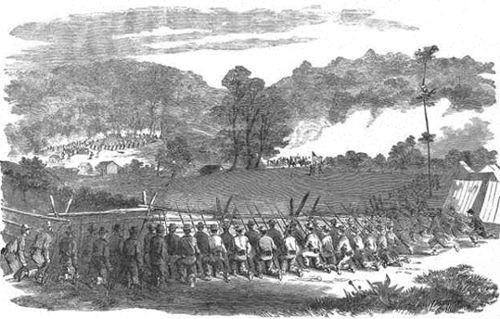
Laurel Hill Marker
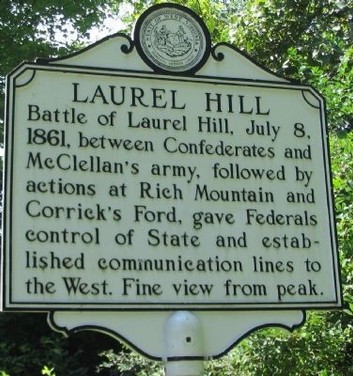
Laurel Mountain
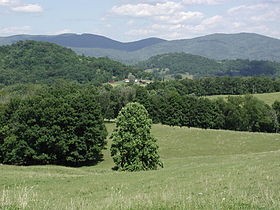
Belington, West Virginia aerial shot.
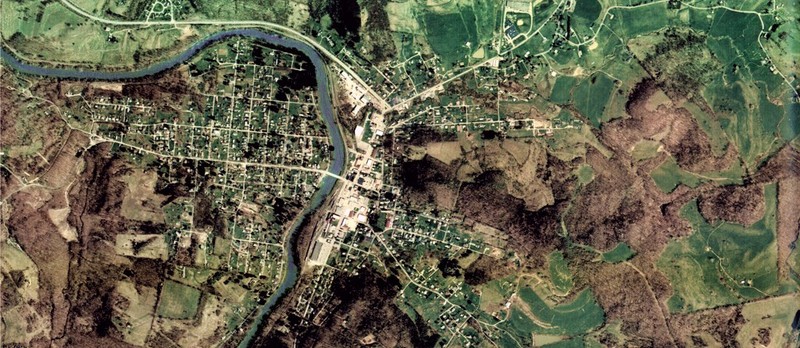
Reenactment at Laurel Hill
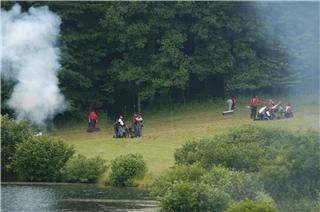
Confederate General, Robert S. Garnett
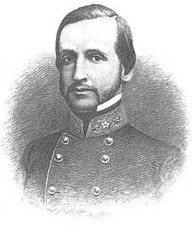
Union General, Thomas A. Morris
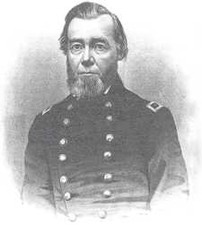
Union General George McClellan
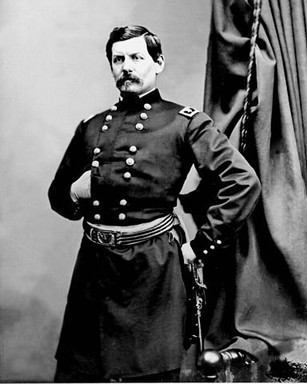
Backstory and Context
Text-to-speech Audio
Control of the railroads in the area was imperative, both the Confederate and Unions fought for it. Whoever controlled the railroads, controlled the shipping lines. On June 3, 1861 the Battle of Philippi occurred and was dawned as the first land battle of the Civil War. The Confederate troops retreated so swiftly from that battle that it became known as the “Philippi Races”
Following the Battle of Philippi on June 3, 1861, General Garnett retreated south to Laurel Mountain. The retreat was caused by a surprise artillery strike from the Union, and later became known as the "Philippi Races." General Garnett was able to make camp with his roughly 3,500-4,500 men, with the goal of stopping the advancement of Union troops. General Garnett was able to take command in Western Virginia, seizing control of vital turnpikes in Rich Mountain and Laurel Hill. Under orders from General McClellan, General Thomas A. Morris began to march his 5,000 troops from Philippi to Belington. The battle started on July 7th 1861, and ended with another Confederate retreat. (1)
General Robert S. Garnett survived the Battle of Laurel Hill, but died of a gunshot wound at Corrick’s Ford on July 13th 1861. While retreating, the Confederate troops were attempting to cross the Cheat River and General Garnett was shot while commanding the rear guard. He was the first general to die in the Civil War. The remaining Confederate soldiers fled and abandoned large quantities of equipment. (2) Generals McClellan and Morris both survived the war.
The Laurel Hill battlefield is located near Belington, West Virginia, southeast of Philippi, WV and north of the Rich Mountain Battlefield. The terrain in the Appalachian Mountains is difficult to traverse. The mountain path at Laurel Hill and the path at Rich Mountain were crucial for supply lines. Union control of Laurel Hill helped with the creation of the state of West Virginia by helping facilitate safe travel for the state's founding fathers. (1)
The actions of Laurel Hill helped to seal General McClellan's rise to fame as the "Young Napoleon." It also helped to seal the Western Virginia for the Union. Whoever had control of this area, controlled the important transportation routes. Union forces stayed in control for much of the rest of the Civil War and the Battle of Laurel Hill was one of the first land battles of the Civil War.
A commemorative marker for the battle has been placed on Laurel Mountain road. Annual Civil War reenactments take place at Laurel Hill battlefield to commemorate the event.
Sources
1. “The Battle of Laurel Hill - History.” Accessed August 31, 2016. http://www.battleoflaurelhill.org/history.htm.
2.American Civil War: The Definitive Encyclopedia and Document Collection, Spencer C Tucker, Page 746
3.The Battle of Laurel Hill. The American Civil War. . Accessed April 17, 2018. https://www.mycivilwar.com/battles/610707b.html.

